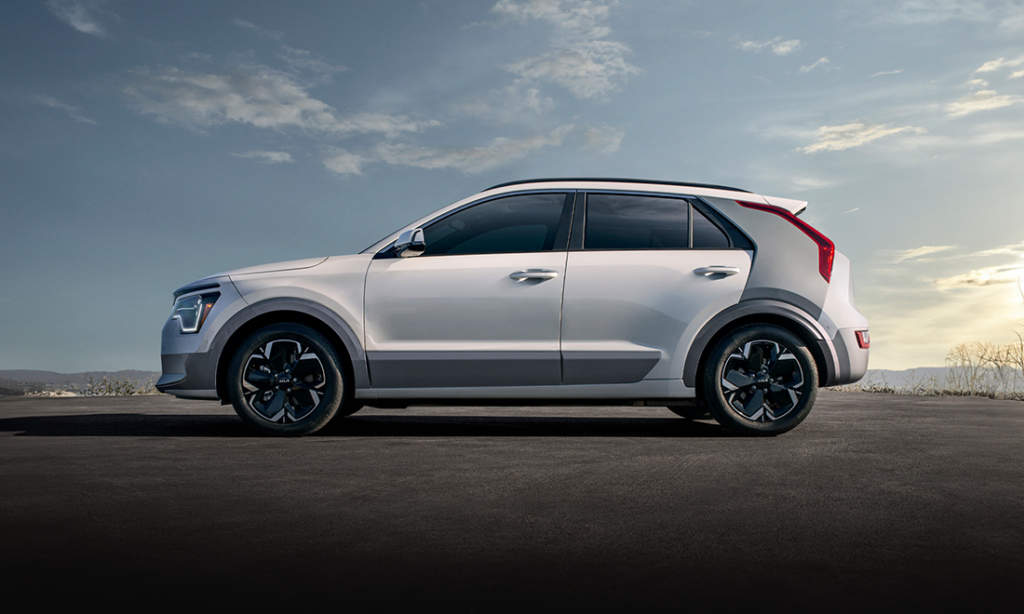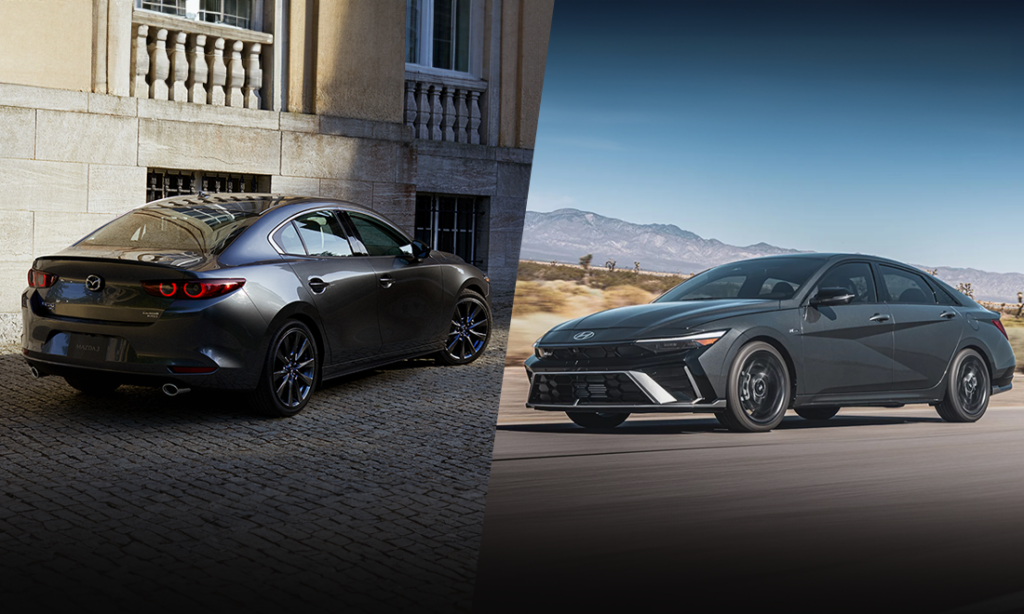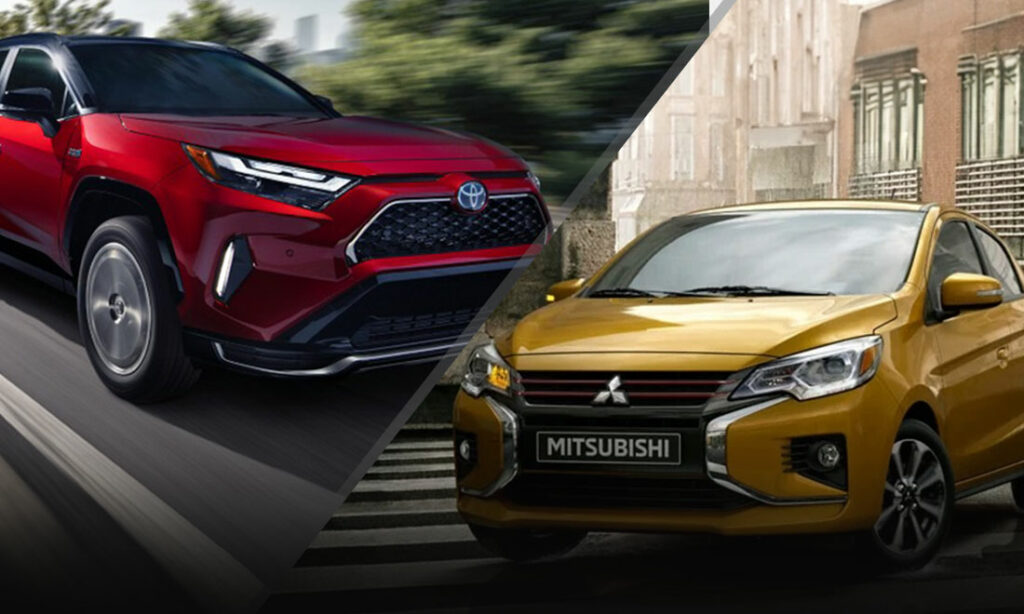Classic Trucks: 7th Generation Ford F-Series vs Chevy C/K Pickup
The seventh-generation Ford F-series and the Chevrolet C/K pickup truck laid the bedrock for the status symbols they are today.
The Square Body Pickups of the 1980s
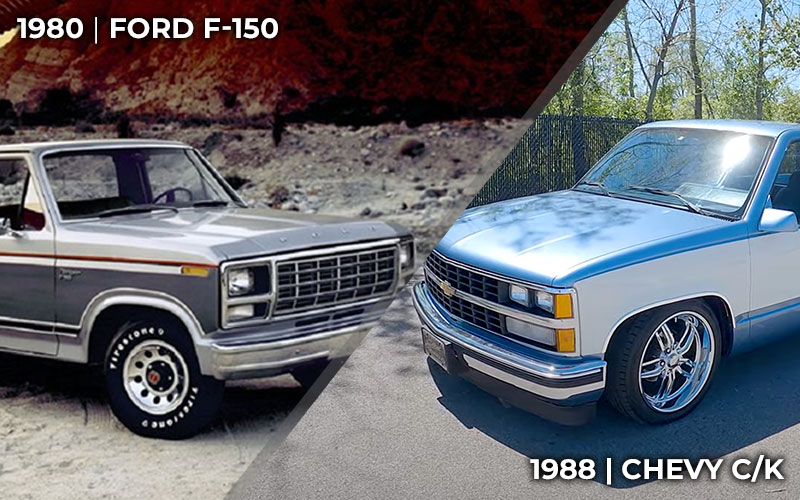
Today, pickup trucks aren’t just built to tow and haul things from the jobsite, they’re do-it-all daily drivers. That started all the way back when the two trucks we’re talking about today, the third generation Chevrolet C/K and the seventh generation Ford F-Series were top dogs. Now, we’re taking a deeper look at what made each one so special and crowning a king.
7th Generation Ford F-Series
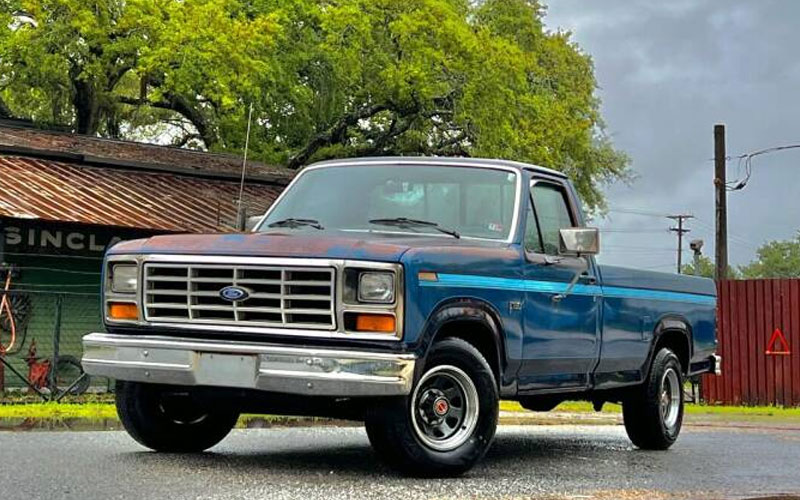
The 1980 Ford F-150 cemented that model into American pop culture. It had been some 15 years since the last new F-Series platform and the new F-150 would return to body-on-frame construction. That would be far from the only innovation though. Ford also made significant improvements to aerodynamics, technology, comfort, and capability throughout the lifespan of the seventh generation F-150 which lasted until 1986.
The most obvious change came in the way this new truck was shaped. It was sleeker and more squared off than the sixth generation. The grille sat a little more upright and the transition between it and the hood gave this truck the nickname “Bullnose”. The F-150 also ditched the sealed beam headlights and overall, reduced frontal area to improve fuel efficiency. Compared to today’s trucks, it was a lot closer to what we’d call a midsize pickup. This was also the first generation to use a blue oval Ford badge in the grille itself.
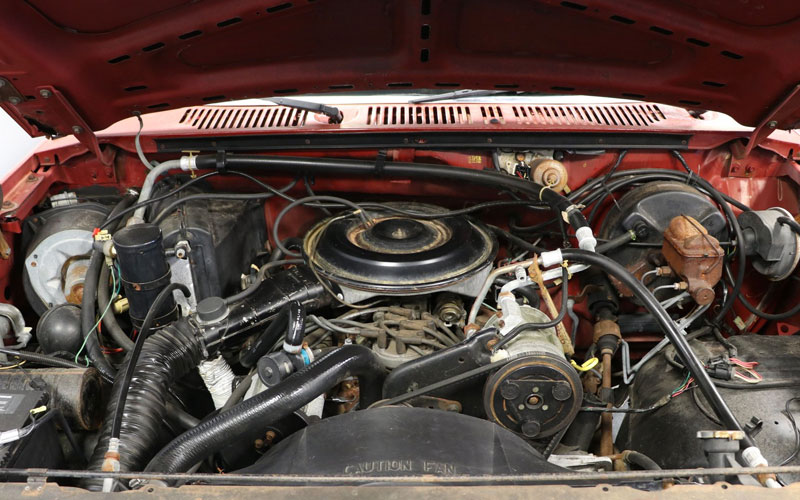
Ford wanted to ensure that the new F-150 didn’t lose any capability despite having to achieve better fuel economy numbers. To accomplish that, the team set out to reduce weight and add better powertrains. Where steel could be replaced with aluminum or plastic it was. At the same time, Ford paid more attention to rust concerns by limiting the nooks and crannies where dirt, grime, and moisture could accumulate.
On top of those improvements, it also provided the F-150 with a slew of new engines over the generation. After carrying over the 1979 engine lineup for 1980, Ford changed things up with the introduction of a 4.2-liter V8 in ‘81 and then a 3.8-liter V6 in ‘82. By 1983, they shook things up even more by dropping the 4.2 and introducing a new 5.8-liter V8 and a new 7.5-liter V8 along with the F-Series’ first diesel, a 6.9-liter V8 produced with International.
By 1985, the lineup had multiple computer controlled engines along with its first fuel-injected motor in a light-duty truck, the 4.9-liter V8 which developed 190 hp and 285 lb-ft of torque. Heavy duty trucks had multiple EFI options as well. But what really made all of this performance and capability come together was the comfort level of the F-150.
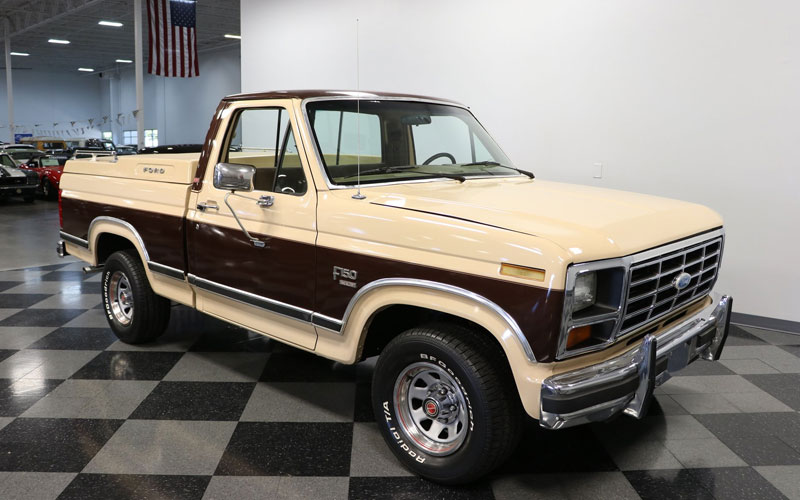
Gone were the days of trucks being used simply as work vehicles. Ford recognized that many truck buyers were beginning to use their pickups as daily drivers. With that in mind, it offered a more forgiving suspension consisting of twin i-beams on the front of 2WD trucks and a “Twin Traction Beam” design on 4X4 trucks. The cabin was improved in terms of creature comforts too.
Ford reduced the amount of exposed metal that passengers could see and touch. It provided a padded dashboard in every F-150 and color-keyed the A-pillars. More sound deadening was added as well to quiet the ride. Powered door locks and windows were available too. It really was a highly livable truck.
Chevrolet C/K Pickup: The Original Box Body Pickup
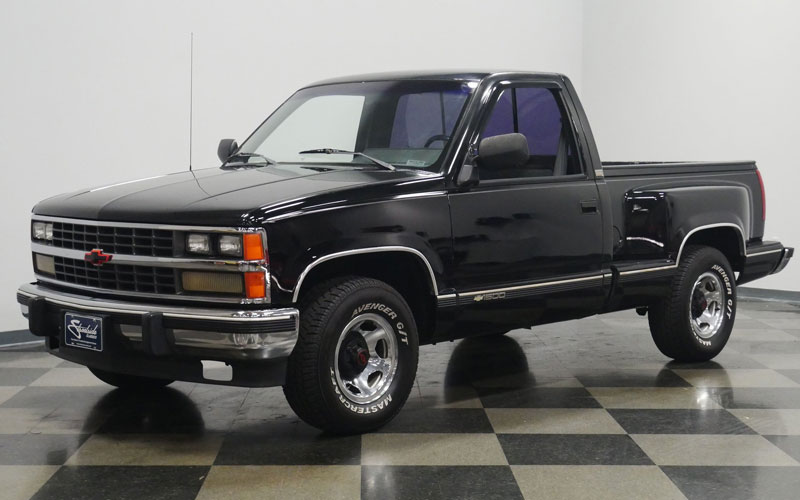
Unlike the seventh generation F-Series, the third generation Chevrolet C/K pickup truck was developed starting in 1968. When it made its introduction in 1973, it arrived with rounded off door frames and windows. Notice, too, that sculpted shoulder line. That was unique in the American pickup truck market. The combination of design choices earned this truck the nickname “Square” or “Box” body. Just as in previous generations, trucks with RWD were designated as C models while 4WD trucks were Ks.
After Ford introduced the new F-Series in 1980, Chevrolet answered back with a facelifted C/K design in 1981. A new grille and revised front bumper made their appearance along with square headlights. Small changes would continue through 1985 and then the truck would stay mostly the same until its retirement in 1991.
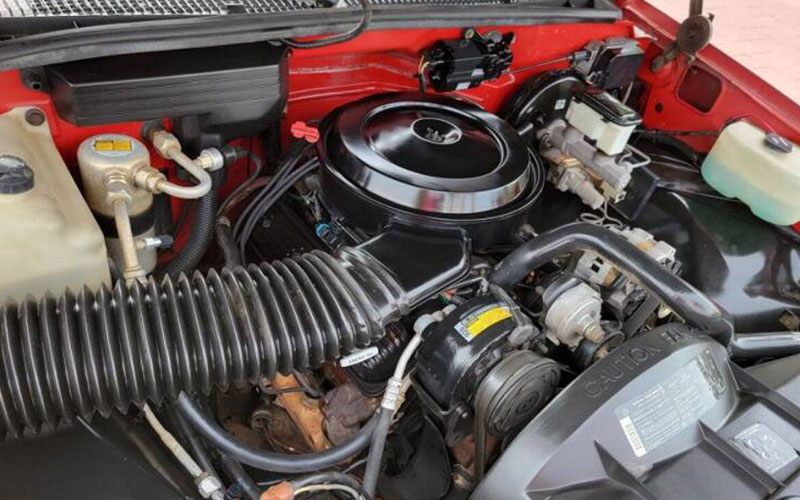
Chevrolet had also seen the writing on the wall and offered the C/K pickup with soft-touch materials on the shifter, the dashboard, the armrests, and the steering wheel. Top-end trims received additional sound deadening material, and high-end touches like polished steel, aluminum, and chrome trim. Two of those trims bear names that we’re all familiar with today, Silverado and Sierra for GMC models.
Again, just like Ford, Chevy offered a number of excellent engine choices in the C/K pickup truck. That starts with the 250 cubic-inch 4.1-liter inline six that developed 105 hp and 185 lb-ft of torque. It was used in the truck lineup for more than a decade. In addition, multiple V8 options, including a 454 cubic inch version with 230 hp and up to 385 lb-ft of torque were on offer. Just two years before the introduction of the seventh generation F-Series, the Chevy C/K pickup was the only light-duty truck available with a diesel motor.
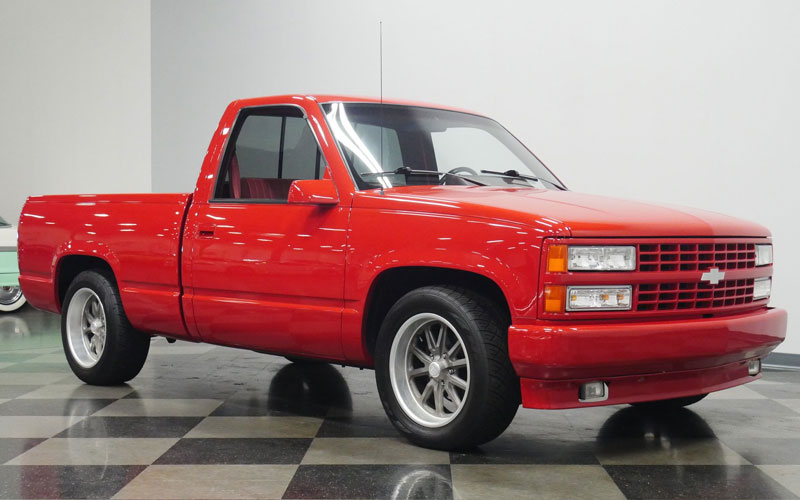
Unlike the Fords, Chevrolet split the C/K trucks up with regard to suspension goals. The RWD C truck was intended to be the everyday driver with more comfort and luxury than the 4WD K version. With that in mind, the C featured independent front suspension and a dual-stage multi-leaf spring with a live rear axle in the rear. Everything from feedback to sharpness was improved over rivals of the day.
The 4WD K series had a much more conventional front live axle supported by its Vari-Rate multi-leaf springs. On top of that, the K also had stiffer side rails and thus a rougher ride with less subtlety in the steering. In 1981, it did get a “Shift-on-the-Move” feature which allowed 4WD trucks to change from RWD to a fully-engaged 4WD system at up to 25 mph. That general suspension design and capability would continue on the Chevy C/K until 1991.
The Verdict
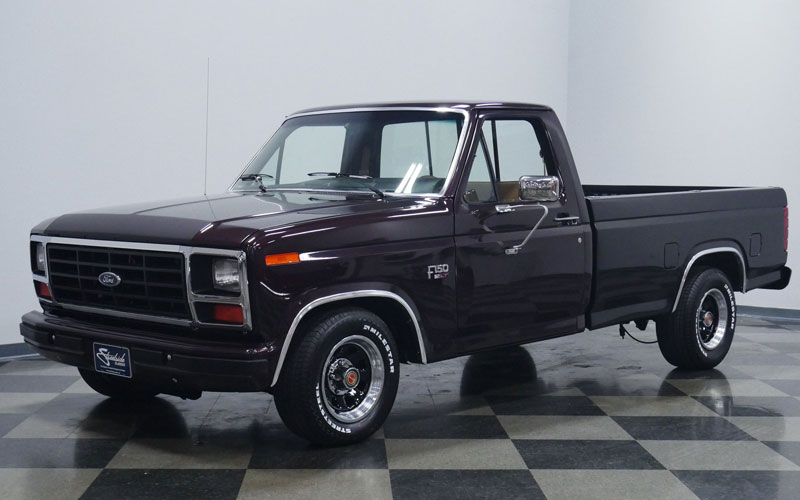
There’s no question that ultimately, it has to be the F-150 that takes this victory. While both of these pickups are the bedrock on which modern trucks stand, the F-150 was just quicker to adapt and change when compared to the Chevrolet C/K pickup. Ford F-Series’ ongoing streak as the best-selling pickup truck in the nation might have started during the truck’s sixth generation in 1977 but it was the seventh generation that made it clear to others that Ford wasn’t giving that title up easily. Today, it’s continued to push the bar with innovative solutions to complex problems and even ended up being the first mainstream electric pickup truck from a major manufacturer.


